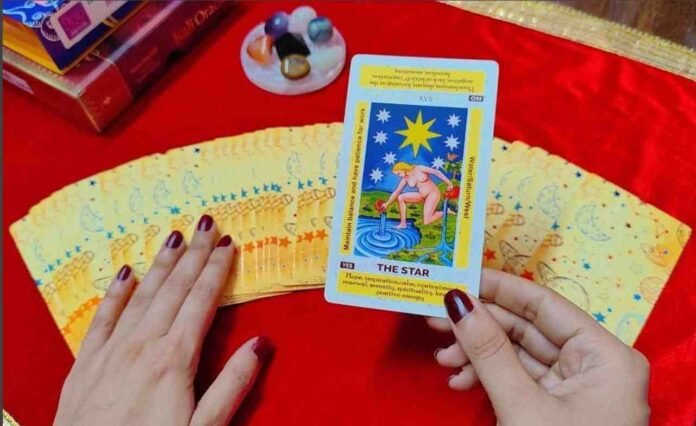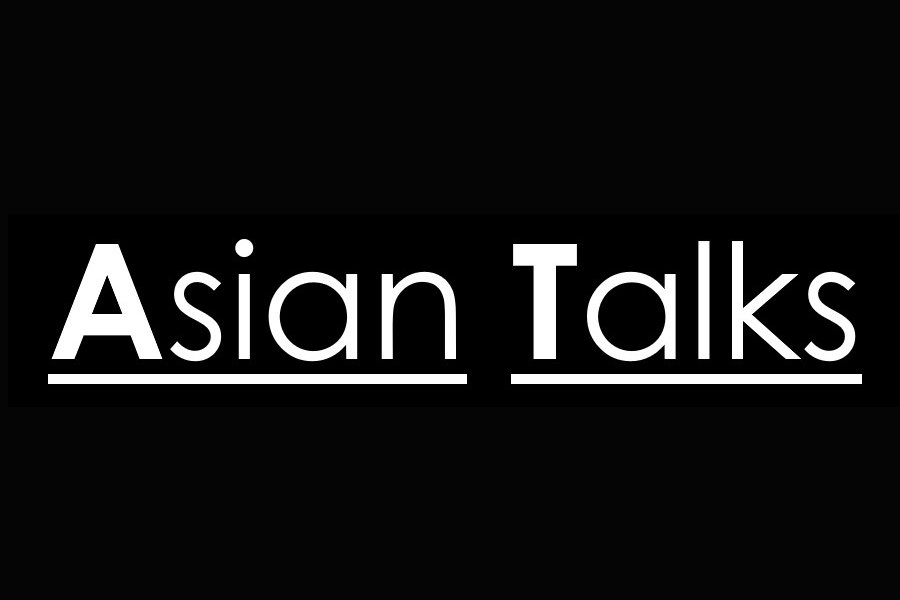In the realm of astrology, few celestial forces carry as much karmic weight and emotional complexity as Rahu and Ketu— the North and South Nodes of the Moon. For spiritual teacher and karmic astrologer Sukanya Dogra, these shadow planets are more than astronomical points; they are portals to past-life imprints, unconscious desire, and soul-level transformation. And nowhere is their influence more mysterious, potent, or revealing than in the domain of love.
“Rahu and Ketu aren’t planets in the traditional sense,” Sukanya explains. “They are energetic points that represent our soul’s unfinished business. When they show up in the love houses — or aspect Venus, Mars, the Moon, or the 7th house — they activate patterns that go far beyond this lifetime.”
With clients across the globe, Sukanya has observed how relationships influenced by the nodes often feel magnetic, obsessive, confusing, or even sacred. These are the romances that haunt us, heal us, break us open, or leave us asking, Why did I meet this person?
The answer, she says, is usually written in the Rahu-Ketu axis — the soul’s tug-of-war between desire and detachment, illusion and awakening.
Rahu: The Magnetic Pull of Desire and Obsession
In Vedic astrology, Rahu represents the North Node — the direction in which our soul is evolving. But it rarely takes a peaceful route. In matters of the heart, Rahu brings intensity, craving, and emotional restlessness. It compels us to chase experiences we feel we need, but often don’t fully understand.
“When Rahu touches your love life, it doesn’t ask for moderation,” Sukanya says. “It pulls you into whirlwind connections, taboo relationships, or an almost addictive emotional pursuit. There’s a feeling that this is it — but there’s also confusion and instability.”
Rahu in romantic placements can signal:
- Sudden, all-consuming infatuations that feel “”
- Power dynamics or control issues in relationships.
- A deep fear of abandonment masked by attachment.
- Romantic illusions — projecting fantasies onto real people.
- A karmic compulsion to pursue a certain type of person, over and over.
“These are not relationships we’re meant to avoid,” Sukanya clarifies. “They’re the ones we’re meant to learn from. Rahu is the teacher through temptation.”
Ketu: The Wisdom of Detachment and Soul Memory
Ketu, the South Node, operates as Rahu’s opposite — not in conflict, but in balance. Where Rahu pulls us toward what we crave, Ketu reminds us of what we’ve already lived, learned, or lost. It governs detachment, past-life memory, spiritual insight, and emotional withdrawal.
“Ketu is the ghost of love,” Sukanya says. “It brings us people we’ve known before — soulmates, twin flames, unfinished contracts. The connection can feel ancient and unexplainable. But it’s not always meant to last.”
Ketu’s influence often shows up as:
- A sense of déjà vu or soul recognition in relationships.
- Lovers who come and go without logical closure.
- Emotional aloofness or disinterest in traditional partnerships.
- A desire for spiritual love over romantic attachment.
“Ketu strips away illusion,” she adds. “It teaches that love is not possession, but presence. Sometimes, that lesson comes through loss.”
The Rahu-Ketu Axis: Love as a Karmic Lesson
In the birth chart, Rahu and Ketu always appear opposite each other — forming a karmic axis. According to Sukanya, this axis acts like a spiritual compass: Rahu shows where the soul is headed, and Ketu shows where it’s been. When placed in houses related to love, intimacy, and identity, they reveal our deepest relational challenges — and our greatest growth.
Here’s how she interprets key placements:
- Rahu in the 5th or 7th house: Signals obsessive love, dramatic romance, or power struggles in partnerships. These individuals may struggle to differentiate love from control, or passion from dependency.
- Rahu in the 1st or 12th house: The self becomes entangled with relationships. Identity may be lost in others, or hidden desires may dominate choices in love.
- Ketu in the 7th house: Suggests emotional detachment or repeated loss in partnerships. There may be a reluctance to commit, or a sense of “already having done this” in love.
- Ketu in the 5th or 8th house: Brings memories of love lost, or an inclination toward spiritual or celibate paths. Love is understood, but not always desired.
“When clients come to me with relationship pain, it’s often Rahu and Ketu showing them what they haven’t healed yet,” Sukanya says. “It’s never random.”
Healing the Nodes: From Karmic Chaos to Conscious Love
Sukanya’s approach to working with the nodal axis is not about fear or fatalism. Instead, it’s about awareness and alchemy. By understanding how Rahu and Ketu are operating in a love chart, individuals can break free from compulsive patterns, deepen their self-understanding, and approach love with wisdom instead of wounding.
Some of her core healing suggestions include:
- Integrating Rahu: Rather than rejecting desire, examine it. Ask what need lies beneath the obsession. Practice grounding rituals and discernment before diving into new romances.
- Embracing Ketu: Instead of resisting detachment, explore it. Ketu offers the spiritual dimension of love — one that doesn’t depend on outcome or permanence. Meditation, forgiveness, and past-life regressions can aid this process.
- Balancing the Axis: Love begins to shift when we stop chasing or avoiding and begin relating with clarity. Sukanya recommends astrology readings, energy healing, and guided journaling to uncover karmic themes in romantic choices.
“Rahu and Ketu are not punishments,” she says. “They are contracts. They show us what our soul signed up to learn — and when we meet these lessons with awareness, love becomes a tool for liberation.”
About Sukanya Dogra
Sukanya Dogra is a renowned spiritual mentor, astrologer, and karmic healer based in Dehradun, India. With a background in both business and ancient mysticism, she blends the practical and the esoteric in her work. Her intuitive readings and energy work have transformed the lives of clients worldwide — especially those seeking clarity in matters of the heart.
Through her teachings, Sukanya helps individuals decode the deeper meaning behind emotional cycles, break free from karmic relationships, and embrace a new template of love — one rooted in self-awareness, not suffering.
The Path to Soulful Connection
Love that begins with Rahu may burn brightly but teach hard lessons. Love that ends with Ketu may leave quietly but awaken deep truths. Together, they chart the journey of the heart — from illusion to clarity, from fear to freedom.
As Sukanya reminds us, “We’re not here to escape the messiness of love. We’re here to understand it, heal it, and rise through it.”
Because true love — the soul kind — doesn’t trap you. It transforms you.



